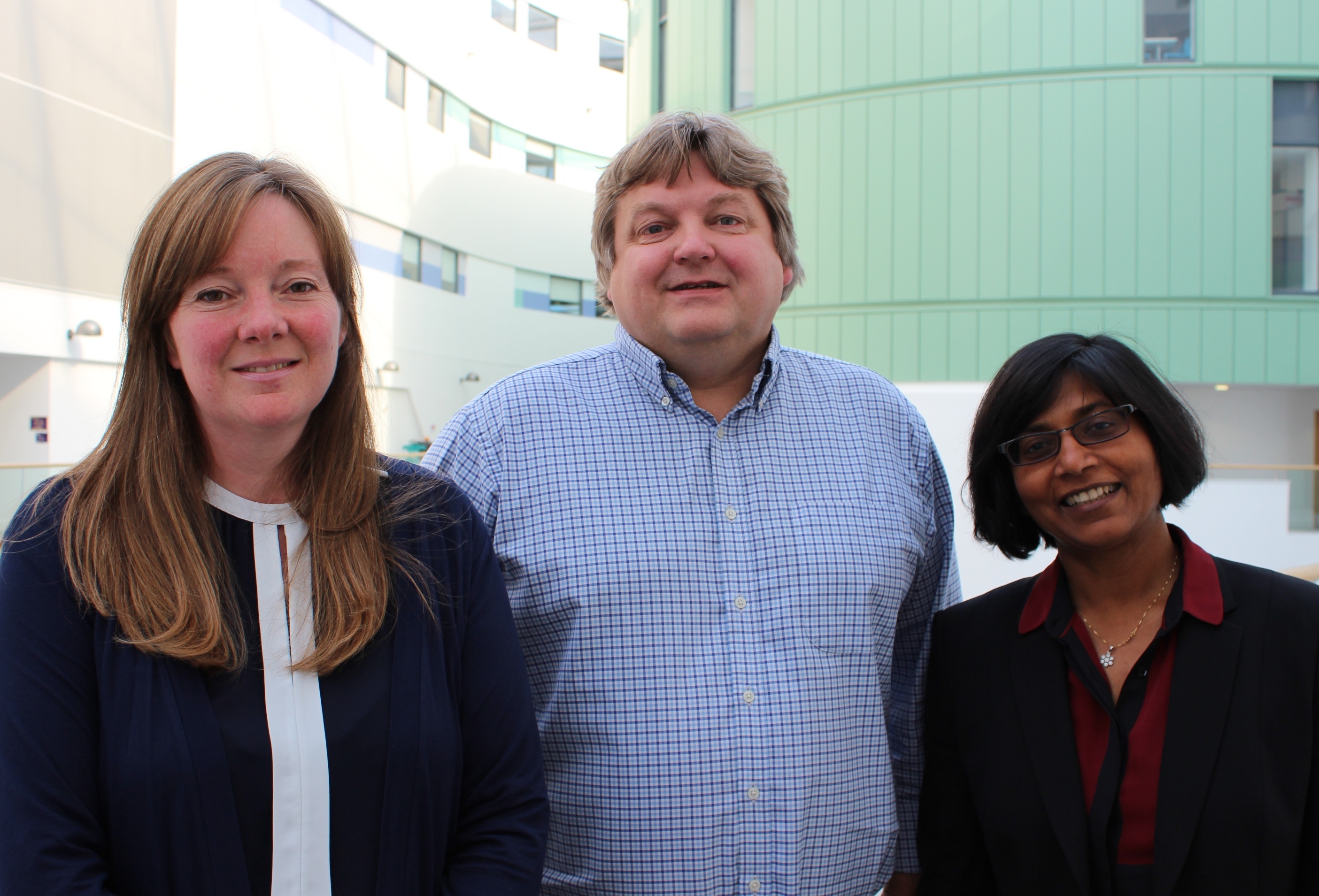A monitoring device could soon be worn by patients suffering from back pain to make sure they are exercising properly to help reduce the number of disability cases.
New wearable technology is being developed by researchers at the Robert Gordon University in Aberdeen to check that patients are following care plans provided by doctors.
And staff will also be investigating the best ways of changing the behaviour of people if they are not managing to stick to their prescribed plans.
Yesterday, it was announced the scientists behind the study have been given a boost worth more than £400,000 from the Selfback project.
It comes as part of the £3.63million EU funded project led by the Norwegian University of Science and Technology (NTNU).
Dr Nirmalie Wiratunga and Dr Stewart Massie from the school of computing science and digital media will be working with colleagues at the NTNU for the first three years of the project to develop the monitoring technology.
Dr Wiratunga said: “Essentially, we would be using wearable technology to monitor whether a patient is following a plan of exercise and stretching developed for them by a GP.
“It would be able to monitor if a patient was adhering to that plan and if not, look at how we can build in prompts and triggers to encourage them to do so.
“I am absolutely delighted to be involved with this project.
“It is one of those projects that will hopefully have a big impact on something that is a real issue for society. It is one that
brings together technology and health and I think we both have a lot to learn from each other which I am looking forward to.”
Dr Kay Cooper, of the university’s school of health sciences, added: “Some patients find self-management of a condition such as low back pain quite challenging due to a lack of feedback and reinforcement about the decisions they are making.
“What the research partners are aiming to do in this project is develop a system which will provide them with the reassurance they need to manage their condition after consulting a health care professional.”
The last two years of the project will involve randomised trials of the SelfBACK technology to evaluate its effectiveness, with the project team anticipating a 20% reduction in pain-related disability after nine months of using it.
